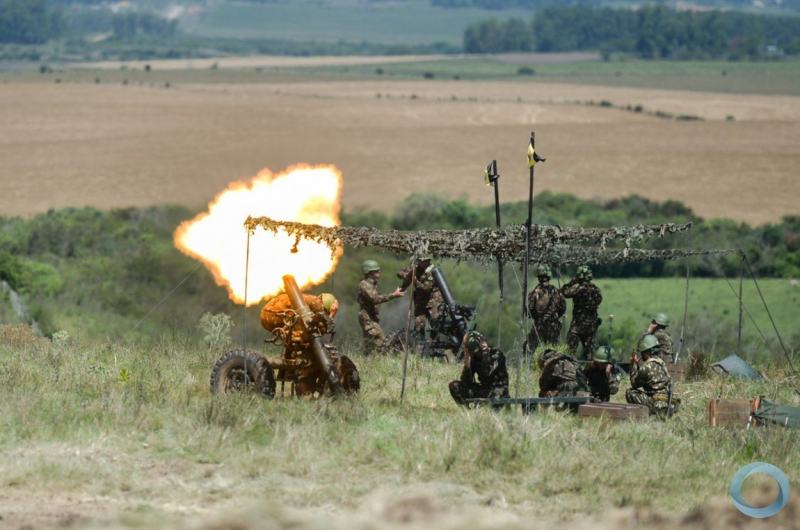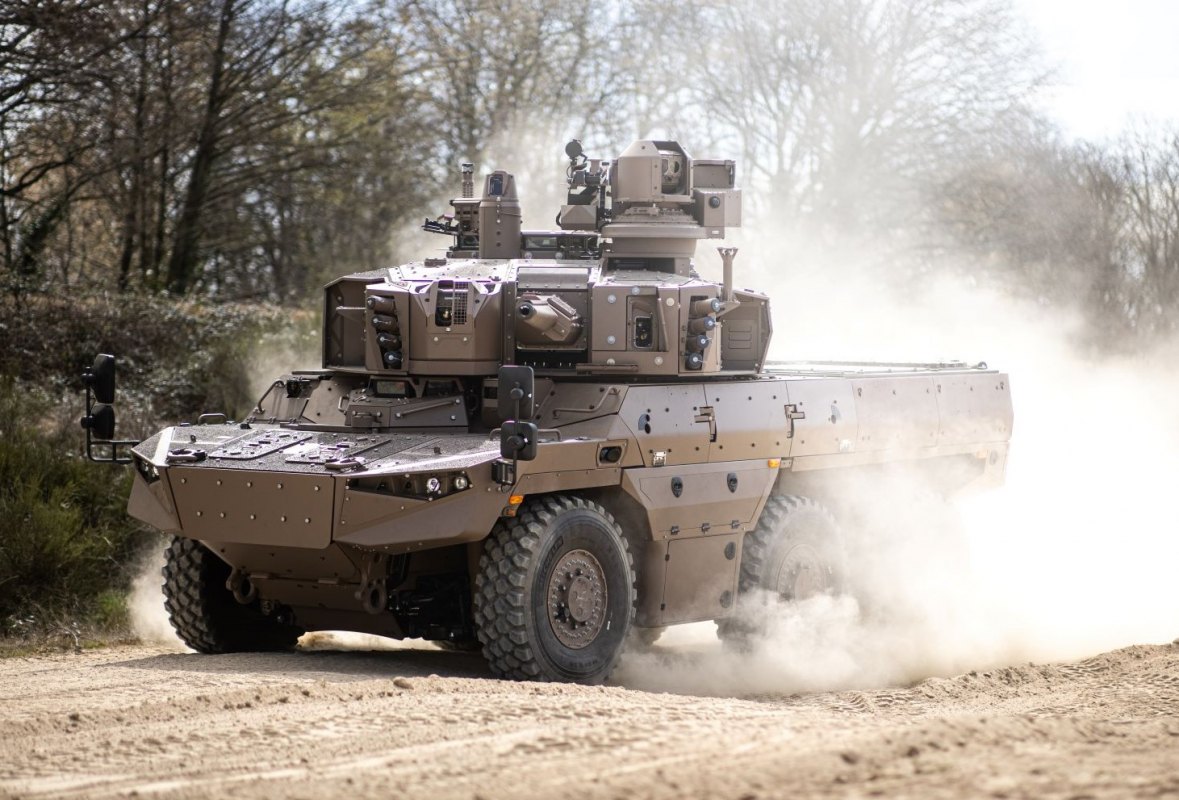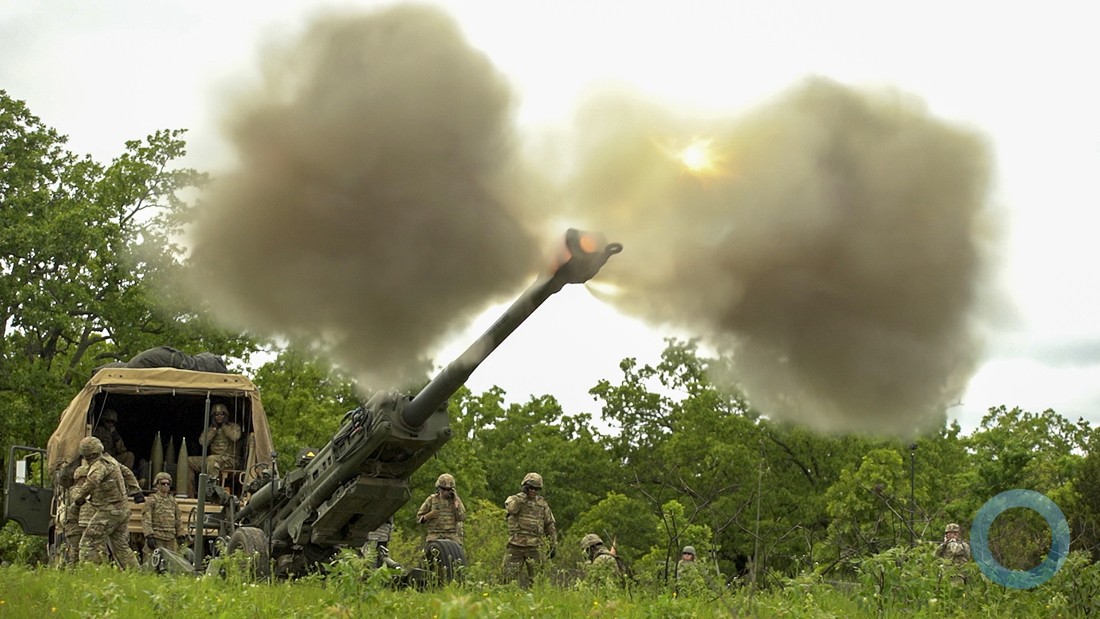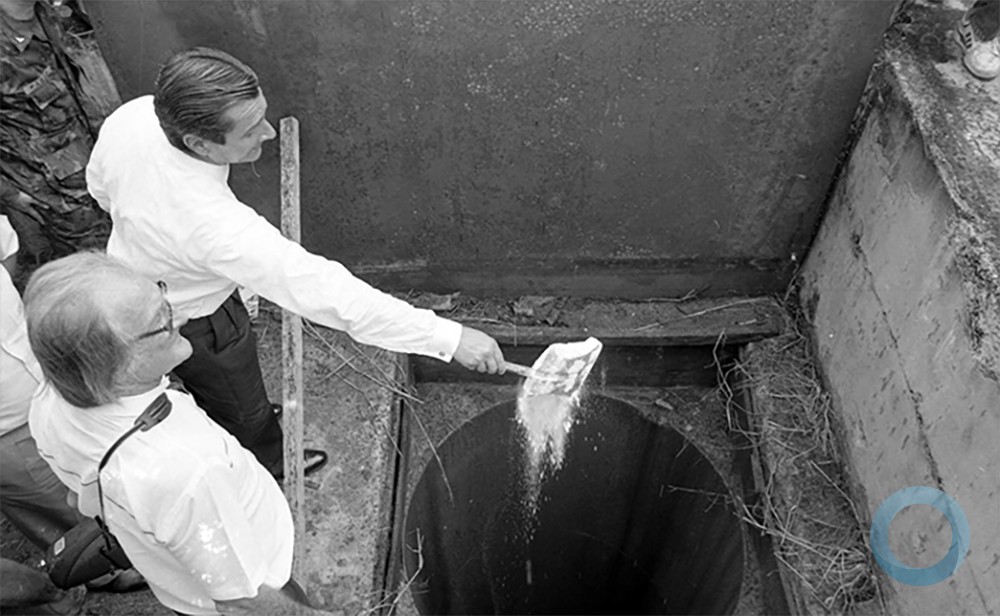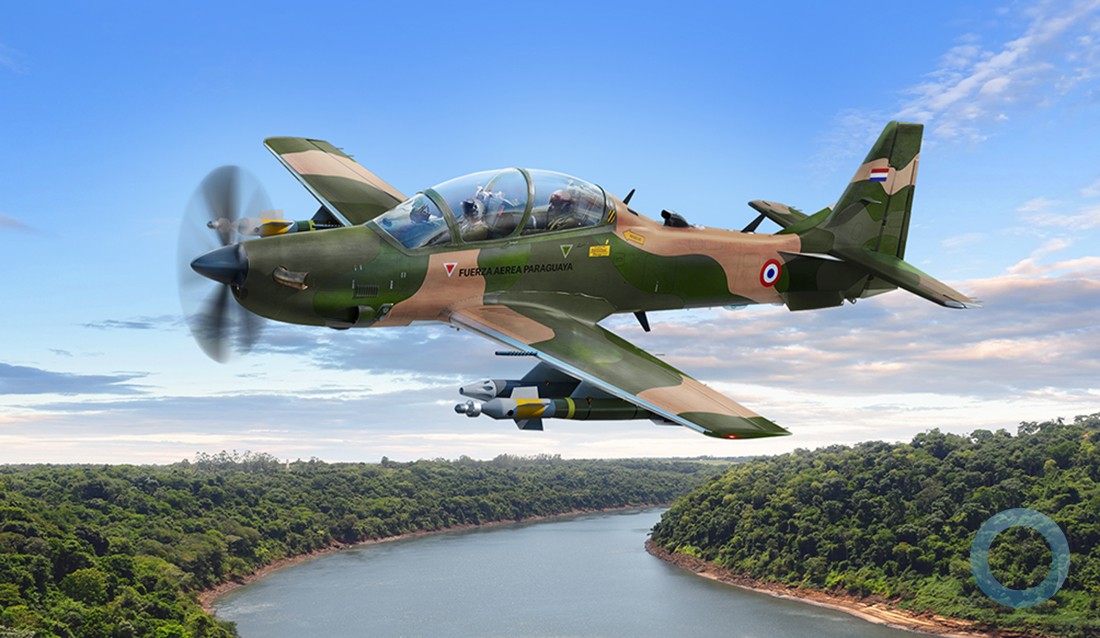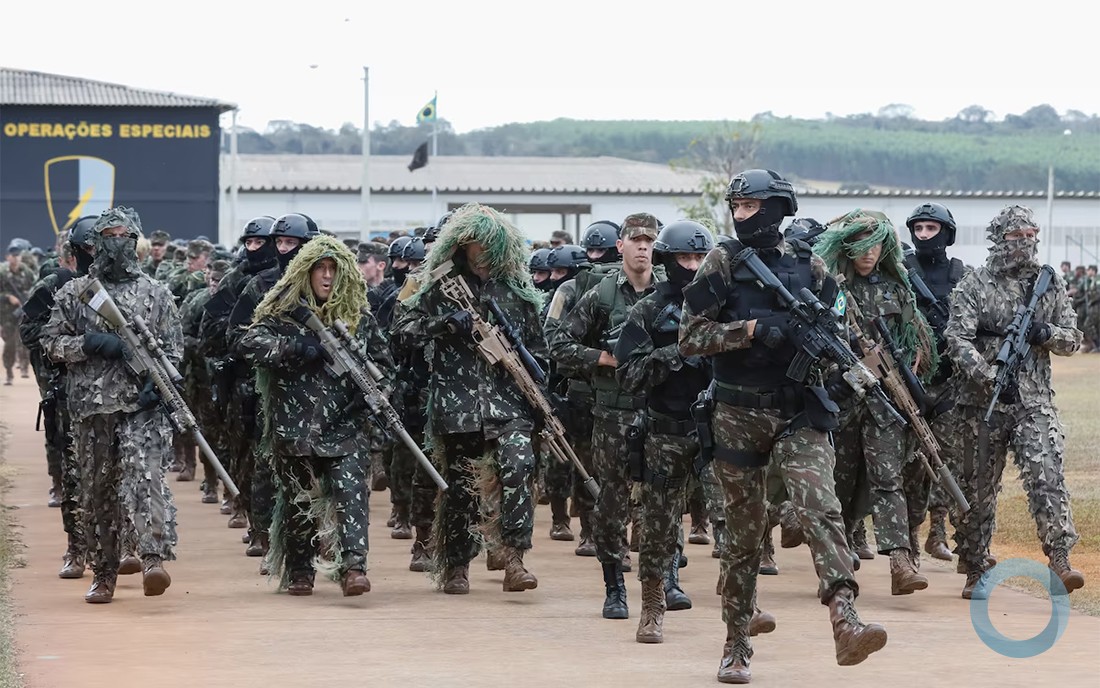Taciana Moury
The Brazilian Ministry of Defense (MD, in Portuguese) celebrated the results of the first edition of Joint Exercise Meridian, which culminated on November 14, 2021, with the third phase of the exercise, Meridiano-Ibagé, under the leadership of the Brazilian Army. The objective was to evaluate and support the troops’ joint operations, and to increase the Armed Forces’ readiness capability.
Joint Exercise Meridian, the largest joint training of the Brazilian Armed Forces held in Brazil, took place throughout 2021, in the northern, southeastern, and southern regions, and was divided into three phases: The first, Meridiano-Poti, took place in Pará, led by the Brazilian Air Force (FAB, in Portuguese); the second, Meridiano-Dragão, was under the Brazilian Navy’s responsibility on the coasts of Rio de Janeiro and Espírito Santo; and the last, Meridiano-Ibagé, mobilized some 5,000 service members, and 1,000 vehicles, airplanes, and helicopters in the southern region to carry out more than 230 operations in an area of the Southern Military Command covering some 30,000 square kilometers.
According to the MD, Meridiano-Ibagé enabled synergy development among the forces at various levels of command. During the exercise, Commandos and Special Forces troops carried out artillery fire simulations; jet fighter attacks; used Guarani armored vehicles for river-crossings; conducted nuclear, biological, chemical, and radiological decontamination tasks; launched Astros 2020 rockets; and carried out anti-aircraft defense activities and destruction of antennas.
“Meridian tested the effectiveness of the joint staffs, as well as the ability of commands to maintain an adequate level of situational awareness,” the MD said. During the operations, service members tackled the functional areas of personnel, maneuverability, intelligence, logistics, mobility and counter-mobility, media, civil affairs, and fires.
Brazilian Minister of Defense Army General Walter Souza Braga Netto was on site on November 10 and stressed the importance of the activity for the Armed Forces’ operational training. “Meridian made it possible for Armed Forces’ service members to become familiar with everyone’s technical capabilities and integrate troops into the high-tech scenario,” he said on the MD website. “Usually, each force carries out training in isolation, but in any kind of conflict, disaster, or need for military personnel, we work together,” said the Defense minister.
 |
| The activity mobilized about 5,000 service members, 1,000 vehicles, airplanes, and helicopters in southern Brazil. (Photo: Brazilian Ministry of Defense) |
Simulation
Joint Exercise Meridiano-Ibagé simulated a conflict between two Army divisions acting on opposite sides. In the activity, each of the divisions had service members from the three forces. According to information from the Southern Military Command, the activity allowed for combined and singular actions from the forces, such as air-to-ground attacks by FAB aircraft, air-to-mobile assaults by the Army Aviation, and special and information operations, all in the same tactical context.





